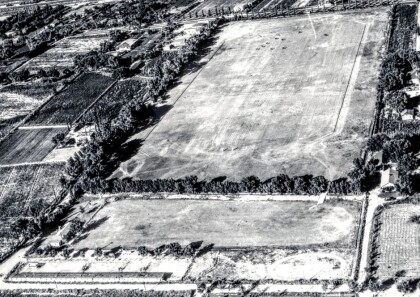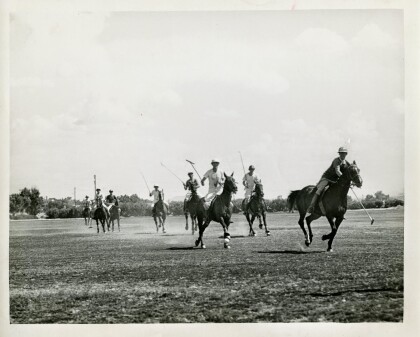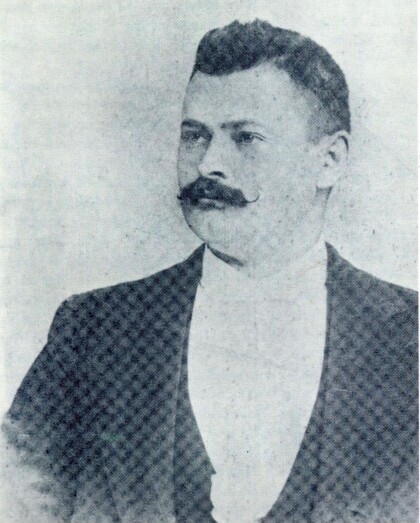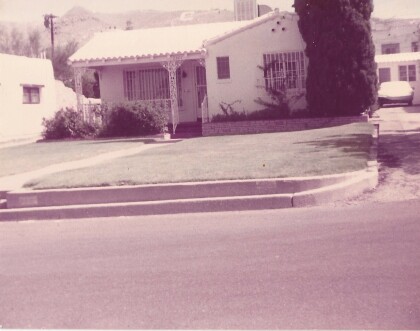El Paso Sanatorium, 1109 N. Cotton.
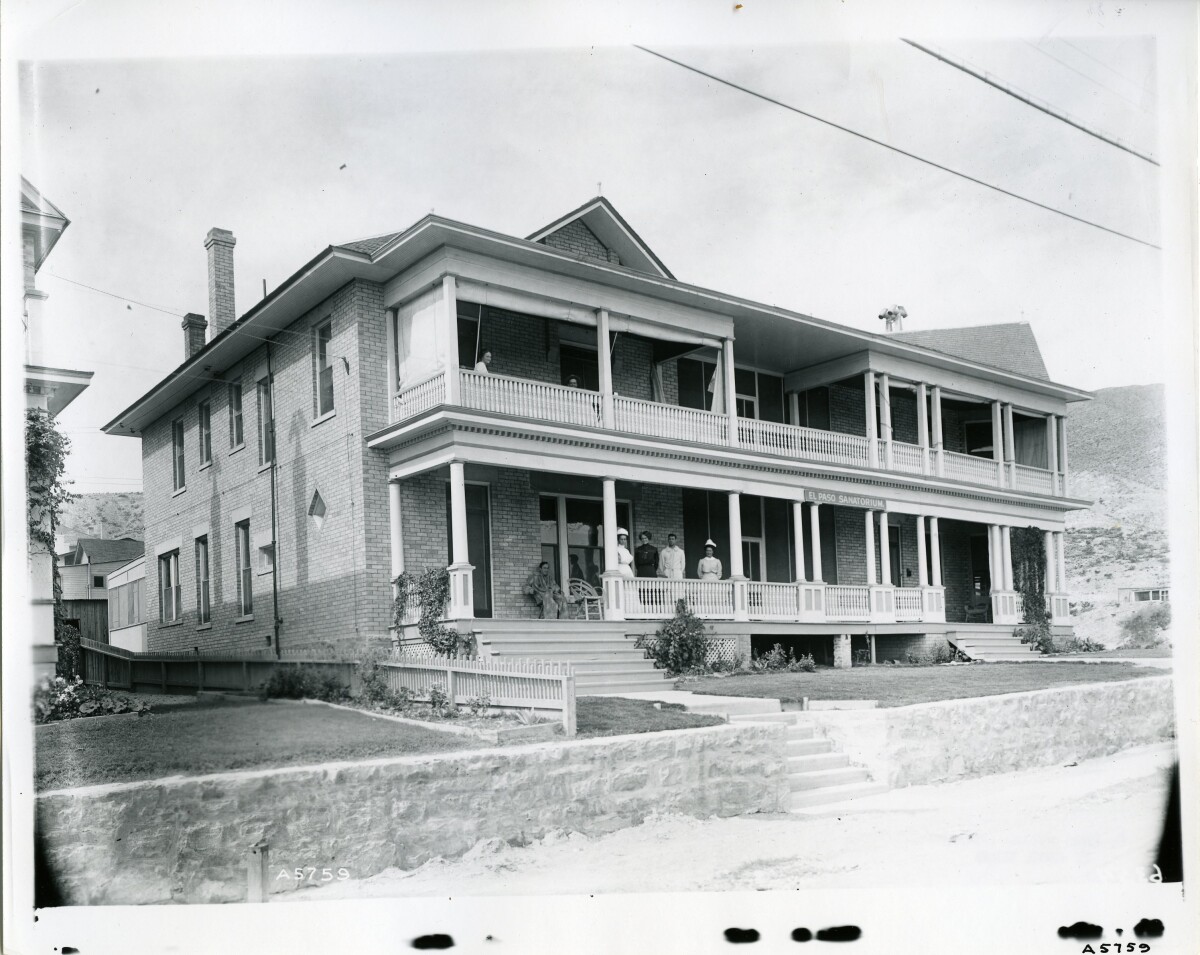
El Paso Sanatorium, 1109 N. Cotton.
The image shows the El Paso Sanatorium at 1109 N. Cotton Street in 1910. In the late 1800s and early 1900s, tuberculosis spread rapidly in the United States. Throughout most of the 19th century, pulmonary tuberculosis was thought to be a hereditary disease aggravated by humid air, damp soil, lack of exercise, inadequate diet, and overcrowded and poorly ventilated housing. However, in 1882, German physician Robert Koch described the rod-shaped organism called the tubercle bacillus that causes tuberculosis. The microscopic bacteria were impossible to destroy unless exposed to heat or light. Since most infections came from people with pulmonary TB, such people needed to be isolated to check the spread of the disease. The Southwest, including El Paso, was considered ideal for the treatment of TB because of its dry, warm climate. It attracted TB patients from all over the country. The completion of the Southern Pacific Railroad in 1881 encouraged tuberculars to come west. Early care of TB patients consisted of sitting in parks to absorb the sun and convalescence in private homes. This method was ineffective and many people died. The migration of infected persons in search of a climatic cure created a major public health problem for sections of the Southwest from the late 1890s through the 1920s. During this period, many sanatoriums and hospitals opened to treat tuberculars and this deadly disease helped establish El Paso as a health center. One of the sanatoria, which treated TB patients was the El Paso Sanatorium, which opened in 1910. It is now an apartment house.
Reportar esta entrada
Más sobre la misma comunidad-colección
JLEP Path to Recovery 2020-2021 Project
The Path to Recovery project partnered with Aliviane Women and ...
Residence in Rim area El Paso, TX 1995
Single family home 2306 Ange El Paso in Rim area near El Paso ...
